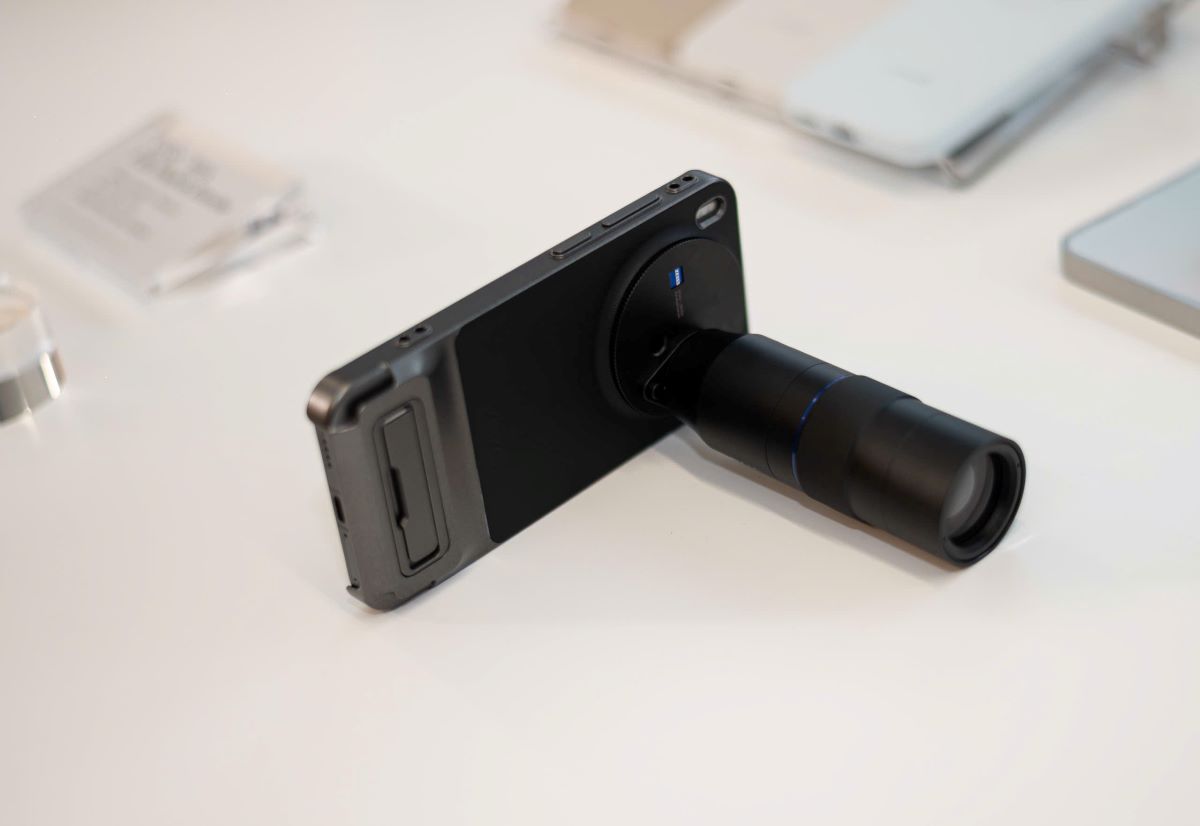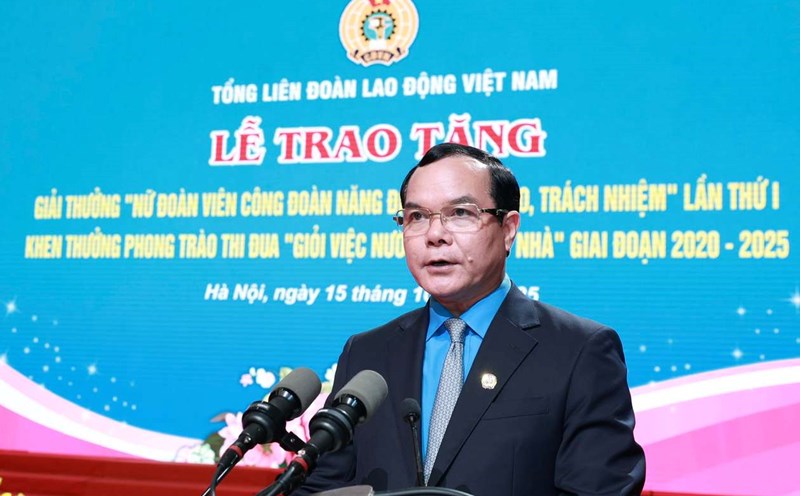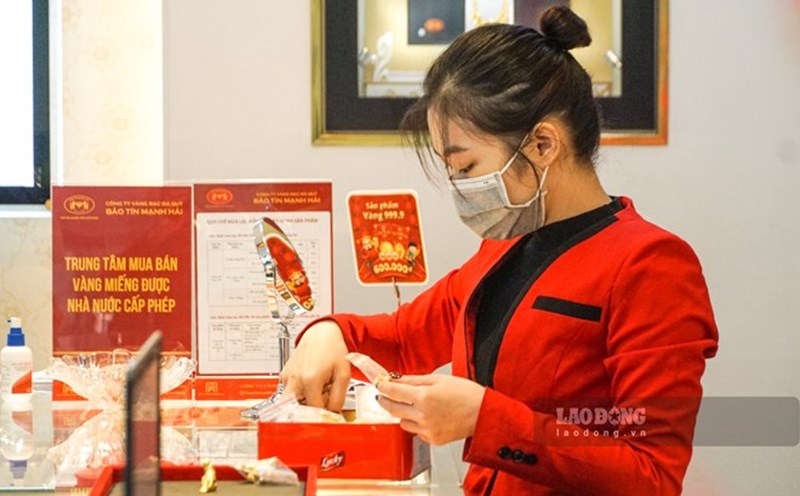Highlight of photography ability
The camera is clearly a highlight of Vivo's X300 series phones including the X300 and X300 Pro, each equipped with a new HPB 200 megapixel image sensor designed in cooperation with Samsung.
The X300 Pro uses this sensor for the 85mm telephoto camera, which has the same technical specifications as the top telephoto camera on the X200 Ultra, except for a slightly slower f/2.67 aperture. The main camera could even be better than the Ultra, using the Sony LYT-828, the successor to the sensor on this phone, with a larger aperture.
Only the ultra-wide-angle camera is inferior to the X200 Ultra, using smaller sensors, so it is difficult to provide the same image quality, especially in low brightness conditions. All three rear cameras support 4K, 120fps, 10-bit Log video recording.
The X300 version is equipped with a Samsung 200 megapixel sensor used for the main camera, combined with a quick f/1.68 aperture. It is paired with a 50 megapixel telephoto lens, along with a 50 megapixel ultra-wide-angle lens and a selfies lens similar to the Pro version.
Both phones support a tele expansion, a 2.35x lens mounted to the phone's existing telephoto lens through a dedicated case and Socket. This can help users take impressive long-range photos, which few competitors can do.
Both phones are powered by MediaTek's top Dimensity 9500 chipset, a rival of Snapdragon 8 Elite Gen 5. Some other specifications are also shared: 90W wired charger and 40W wireless charger, IP68 and 69 durability ratings, and ultrasound fingerprint sensor.
In addition to camera specifications, the two Vivo X300 series models also have some differences. While the Pro is a large phone with a 6.78-inch display, the regular X300 has a relatively compact 6.31-inch display. Both phones are thin, under 8mm thick, although the X300 is slightly thinner at 7.95mm thick.

The batteries are also different, both the X300 Pro and X300 are equipped with large capacity BlueVolt batteries, using Silicon Anode ultrasound technology, with a capacity of 6510 mAh and 6040 mAh respectively, achieving battery performance equivalent to other models in the industry with a capacity of 7500 mAh and 3000 mAh, providing a more long-term and stable experience.
Competitors
Both the X300 and X300 Pro are now available for pre-orders in China, running the latest OriginOS 6 operating system, Vivo's Android version. The X300 has a starting price of 620 USD, while the X300 Pro has a price of about 745 USD. telephoto lenses are sold separately for $180 or expanded to $100 for a full set of photography accessories.
Despite its great advantages, the Vivo X300 series still has some disadvantages. The rear camera cluster is quite bulky, which can cause discomfort to some users. Processing images after taking too much photos can make the photos too smooth, losing small details, this is also a common problem on smartphone models.
The Vivo X300 series will have differences between the version sold in China and other markets, specifically the battery and some other features to comply with current regulations and meet market demand. In addition, the price of this product line is quite high, not suitable for general users.
The Vivo X300 series will have many formidable competitors such as Xiaomi 17 Pro Max, Samsung Galaxy S25 Utra or iPhone 17 Pro Max. Compared to these competitors, the X300 series is highly appreciated for its photography capabilities, especially when equipped with an additional tele. However, the software experience will have to wait for time to prove.










